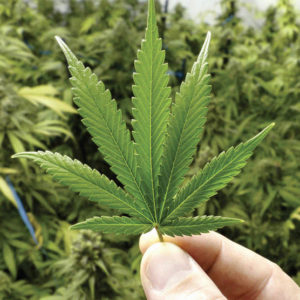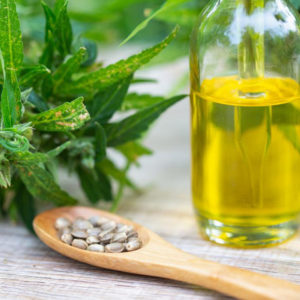
According to the Controlled Substances Act (CSA) of 1970, drugs in the United States are categorized into “schedules” depending on their risk for abuse, the information we have about their effects, and any medical benefits they may have. Cannabis is currently categorized under Schedule I, the most stringent designation, which implies that there’s a high risk of abuse and no medical benefits.
However, the decision to place cannabis under Schedule I had more to do with xenophobia and racism than actual scientific evidence. Numerous studies conducted in the past decades have shown that this is not an accurate designation. The current scheduling not only restricts scientific research but also causes harm to significant segments of the population. Therefore, activists have spent a long time advocating less stringent scheduling or removing cannabis from scheduling entirely.
What is the MORE Act?
The MORE act, which is short for H.R. 3884—the Marijuana Opportunity Reinvestment and Expungement Act, was sponsored by vice-presidential candidate Kamala Harris, now Vice President of the United States. That would make cannabis exempt from scheduling and take steps to rectify some of the damage caused by the cannabis prohibition, like expunge or seal past federal arrests and convictions related to cannabis.
This is a big deal because it would mean that for the first time since the 70s, cannabis would no longer be regarded as equivalent to PCP or heroin. It will be considered a drug or other substance that doesn’t fulfill the criteria of any schedule.
The war on cannabis has affected the lives of millions of people, and there are approximately 600,000 cannabis-related arrests every year. At the same time, about 30% of Americans live in legalized states, and legal cannabis provides almost 250,000 jobs.
But before you get too excited, know that the MORE act doesn’t mean cannabis will become legal. If enacted into law, it may still take some years before we reach a normalized cannabis market. We only have to take a look at hemp to get some insight into how things might develop. Although hemp was descheduled through the Farm Bill of 2018, it was still being seized by state police in the following years because of regulatory ambiguity.
And the MORE act leaves it to the individual states to decide their stance on cannabis legislation, which would mean that conservative states are still likely to ban it, and arrests would continue.
If you’re from a conservative state like Montana and want to get access to cannabis because it helps alleviate chronic pain or other symptoms of a medical condition such as PTSD, your best bet is still applying for a Montana medical marijuana card.
It’s true that as of January 1, 2021, the possession of small amounts of cannabis for recreational use – up to one ounce or 8 grams, to be precise –is no longer illegal as long as you are 21 or older. However, don’t expect to openly buy it at your local retail store because the sections of Initiative 190 (I-190) relating to recreational sales with a tax of 20% will not go into effect until October 2021 the earliest, and dispensaries are still restricted to registered patients.
Montana began its medical marijuana program in 2004 with the Montana Medical Marijuana Act (MMA). The House Bill 161 tried to repeal the act in 2011, but it was vetoed by Governor Brian Schweitzer, although some restrictions followed the veto.
Getting an MMJ card in Montana is not the most straightforward process, but luckily there are a lot of resources you can use for guidance. To be eligible, you must first be a resident in the state of Montana, who is at least 18 years old – if you are a minor, different conditions apply – and you need to be diagnosed with one of the qualifying conditions.


